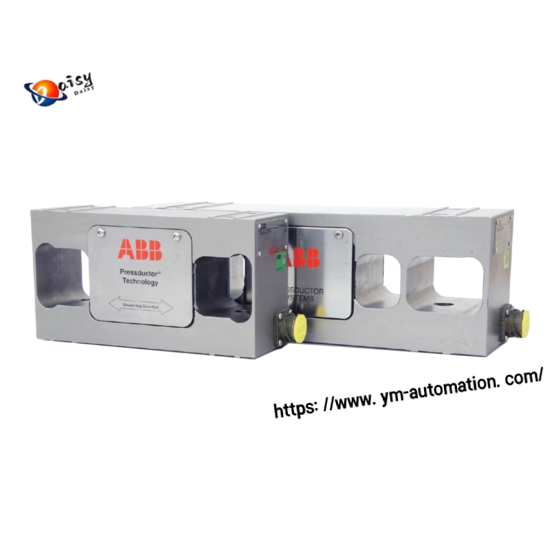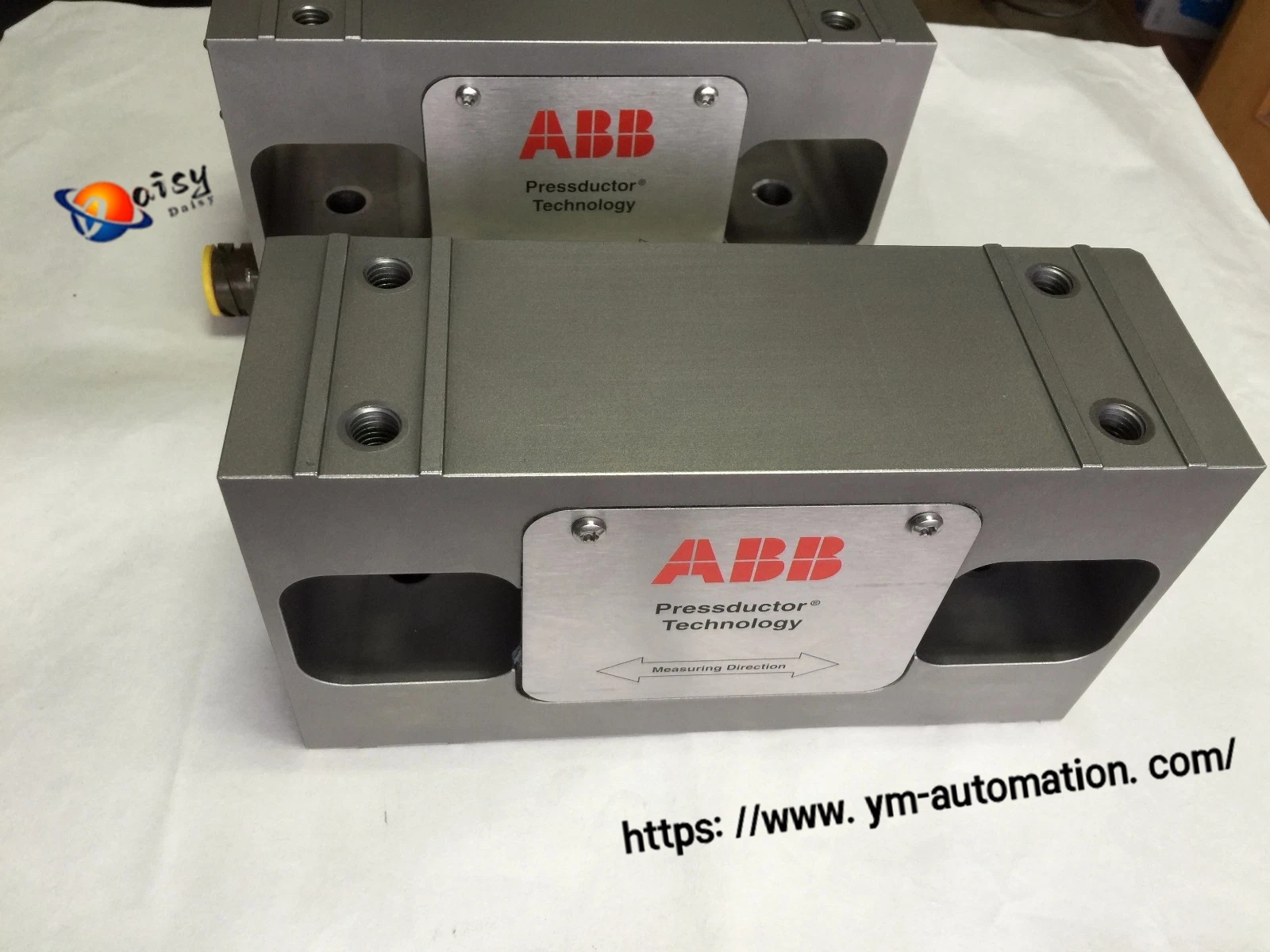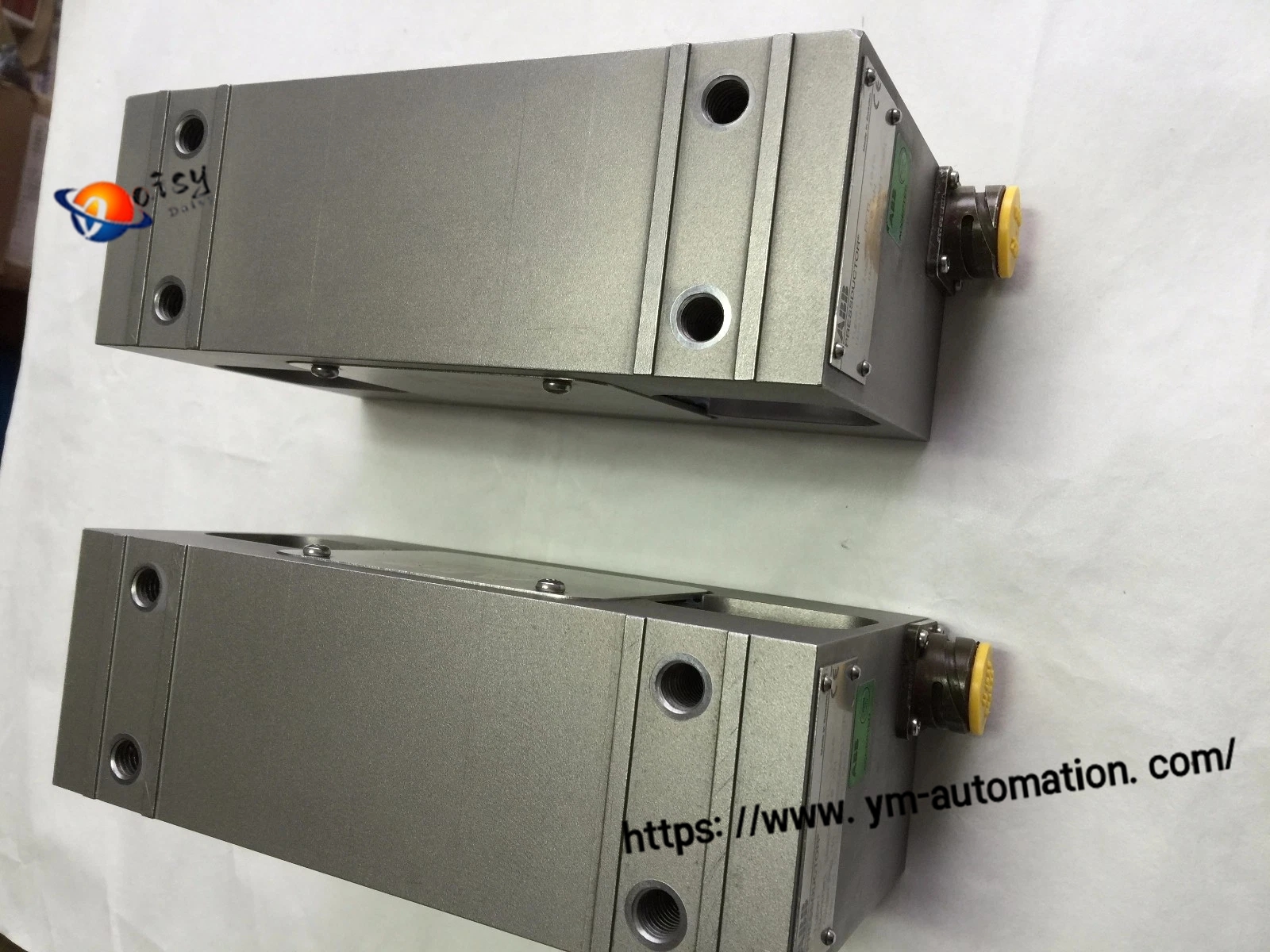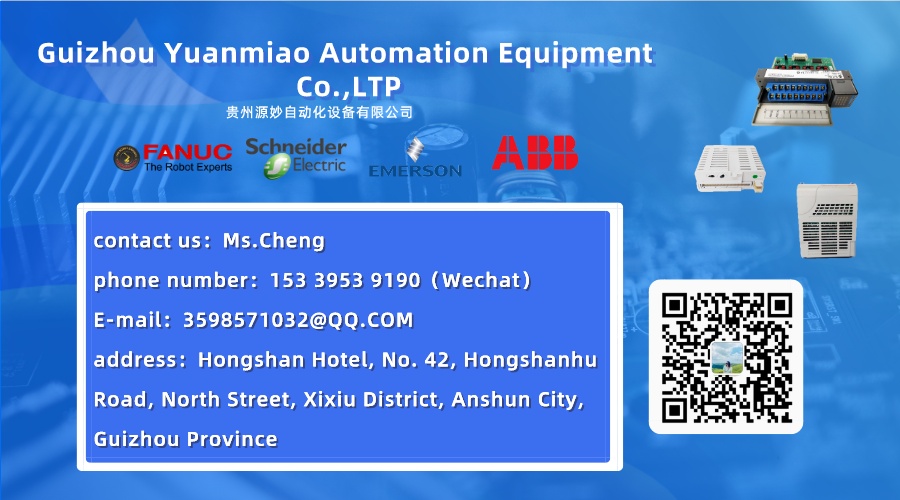ABB PFTL101A-1.0KN 3BSE004166R1 is a tension sensor belonging to ABB’s ProcessMaster series, where 3BSE004166R1 is its specific order number. Below is an introduction to its specifications, application scenarios, and operating principle:
1. Specifications
Rated Measuring Range: 1.0kN (kilonewton)
Output Signal: 4-20mA (standard analog signal output)
Power Supply Voltage: Typically 10-30V DC
Accuracy Class: Complies with IEC 60050 standard; typical accuracy is ±0.1% FS (full scale)
Operating Temperature Range: -30℃ to +80℃
Protection Class: IP67 (dustproof and waterproof, suitable for industrial environments)
Structural Form: Usually a tension-type design with threaded connection interfaces for easy installation in tension measurement systems
Certifications: Complies with industrial safety standards such as CE and ATEX
2. Application Scenarios
Paper Industry: Used in the paper production process to monitor the tension of paper webs, ensuring uniform force on the paper during drying, winding, and other processes to avoid breakage or wrinkling.
Metal Processing: Measures the tension applied to metal foils and wires during rolling and drawing processes, ensuring processing precision and product quality.
Textile Industry: Used for tension control during yarn and fabric production, maintaining stable tension of textile materials in weaving, dyeing, and other processes.
Cable Manufacturing: Monitors the tension of cables and optical fibers during extrusion and traction processes to prevent material damage caused by excessive stretching.
Film Production: Controls tension during the production and slitting of plastic films to ensure the flatness and dimensional stability of the film.
3. Operating Principle
This sensor operates based on the strain gauge principle. It contains precision strain gauges inside; when the sensor is subjected to tension, the strain gauges undergo mechanical deformation, which causes a change in their resistance value.
The measuring circuit (usually a Wheatstone bridge) inside the sensor converts the resistance change into a weak electrical signal. After processing such as amplification and filtering, a standard 4-20mA analog signal is output.
This signal is proportional to the applied tension (4mA is output when the tension is 0, and 20mA is output when the rated tension of 1.0kN is reached). It can be received by control systems such as PLCs (Programmable Logic Controllers) and DCSs (Distributed Control Systems) for real-time monitoring and control of the tension of the measured object, enabling automated adjustment of the production process.













